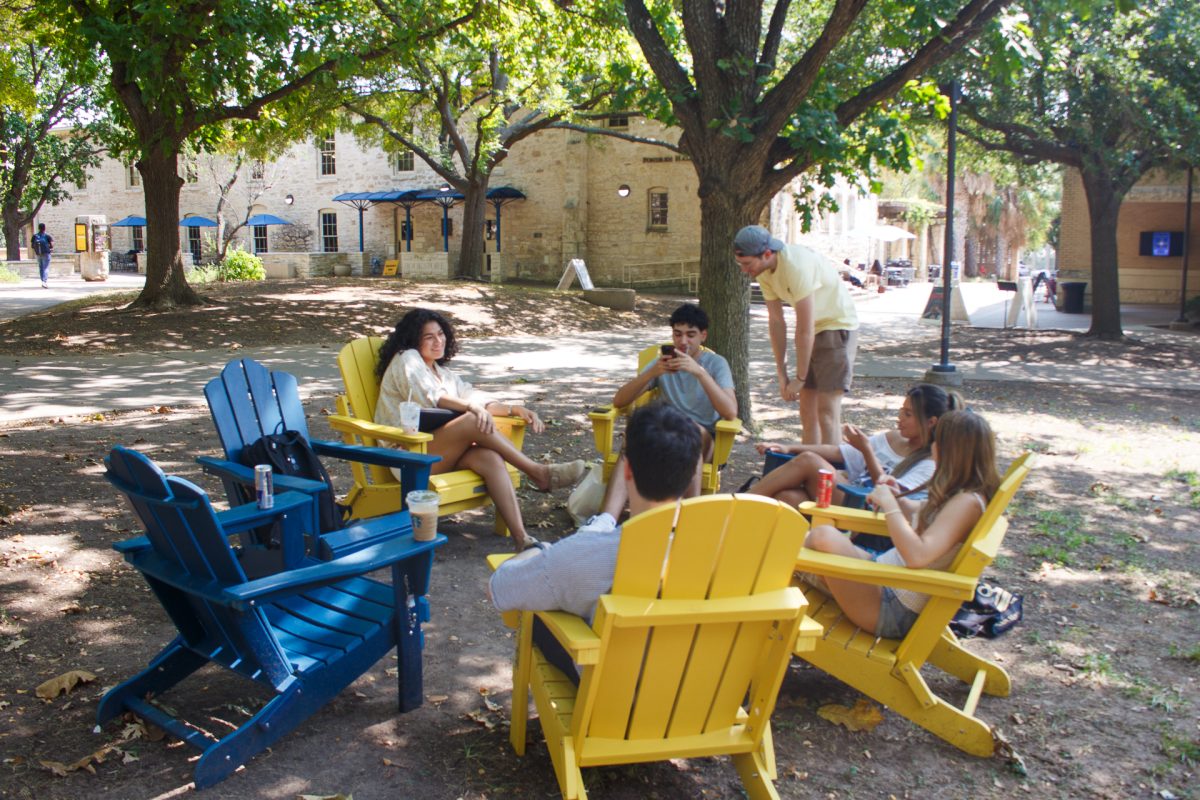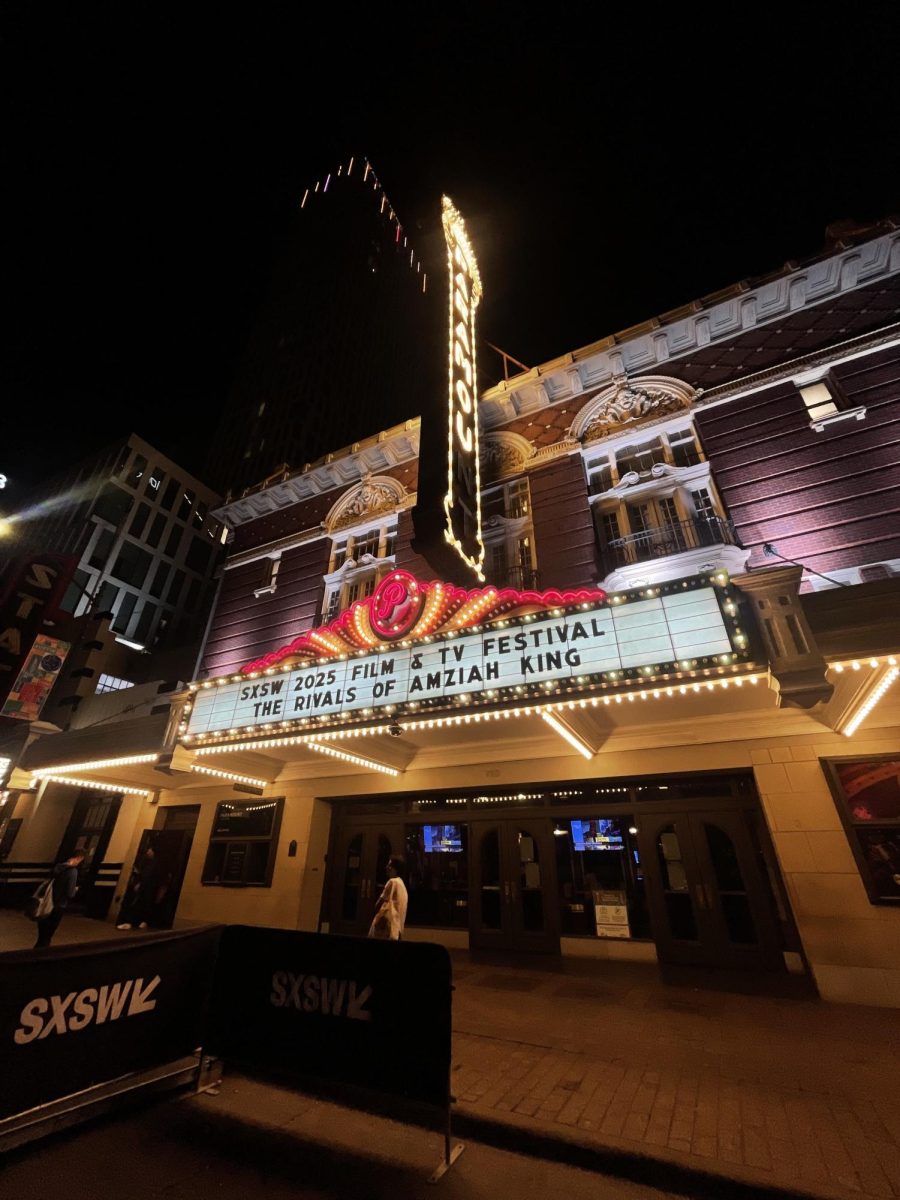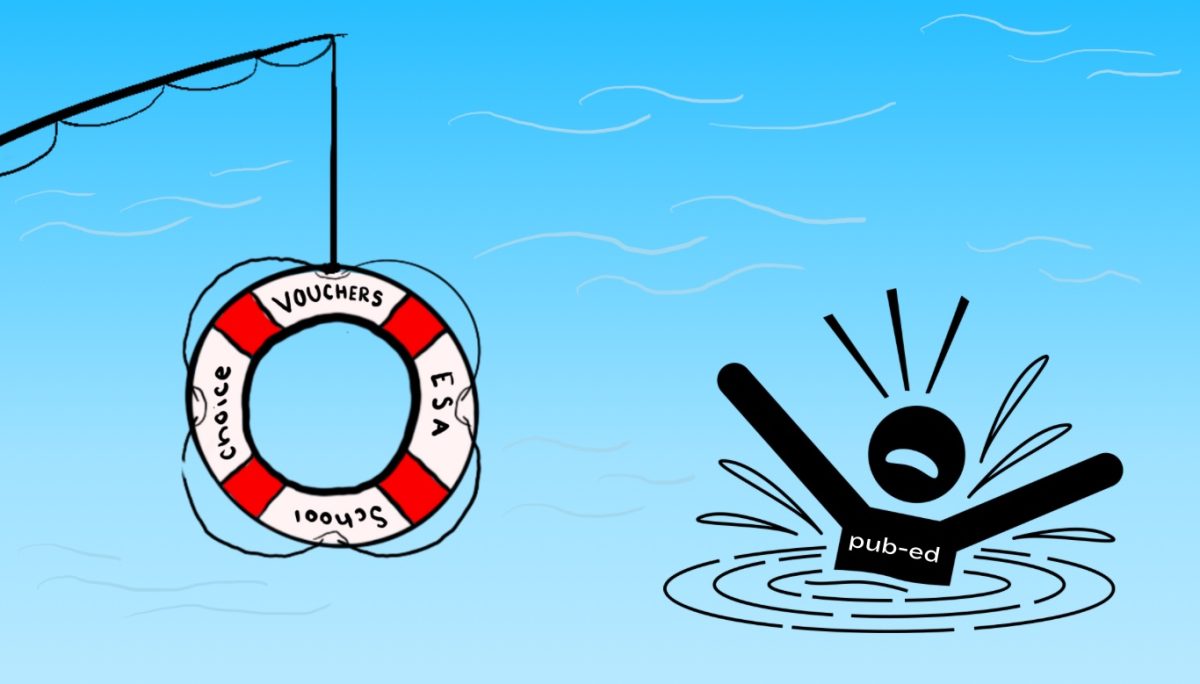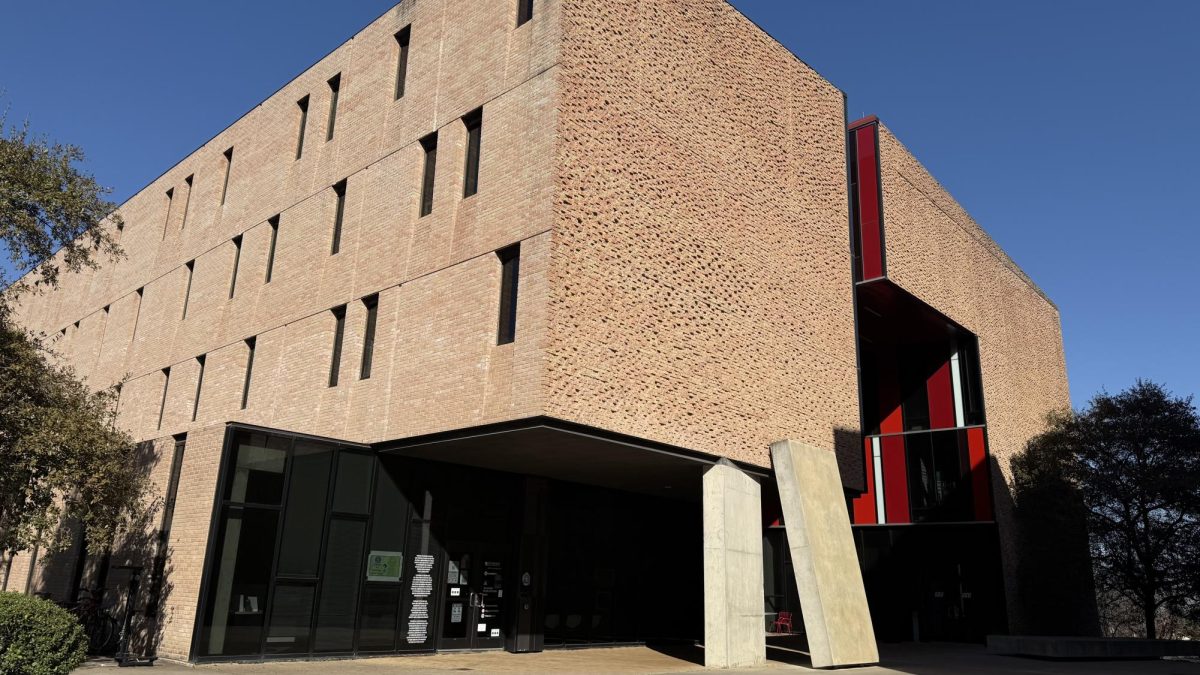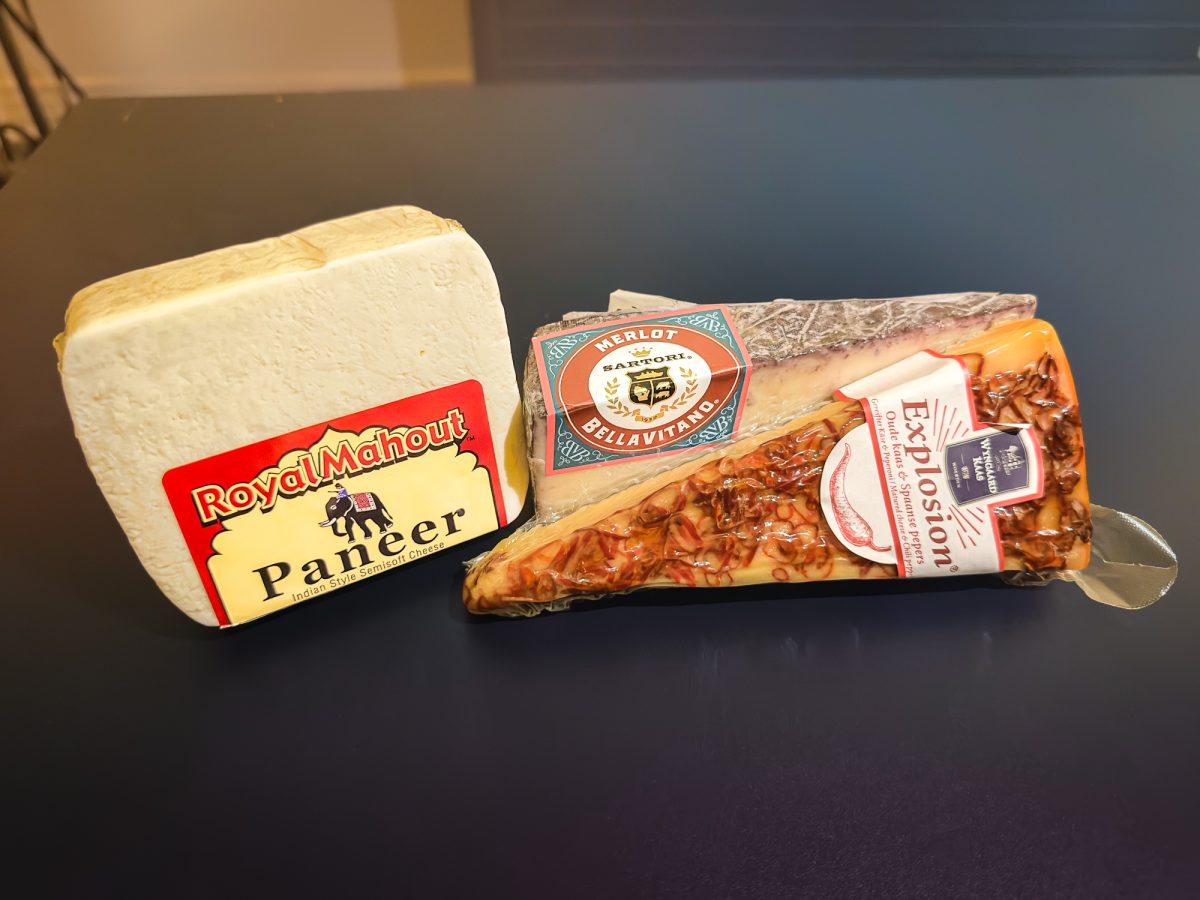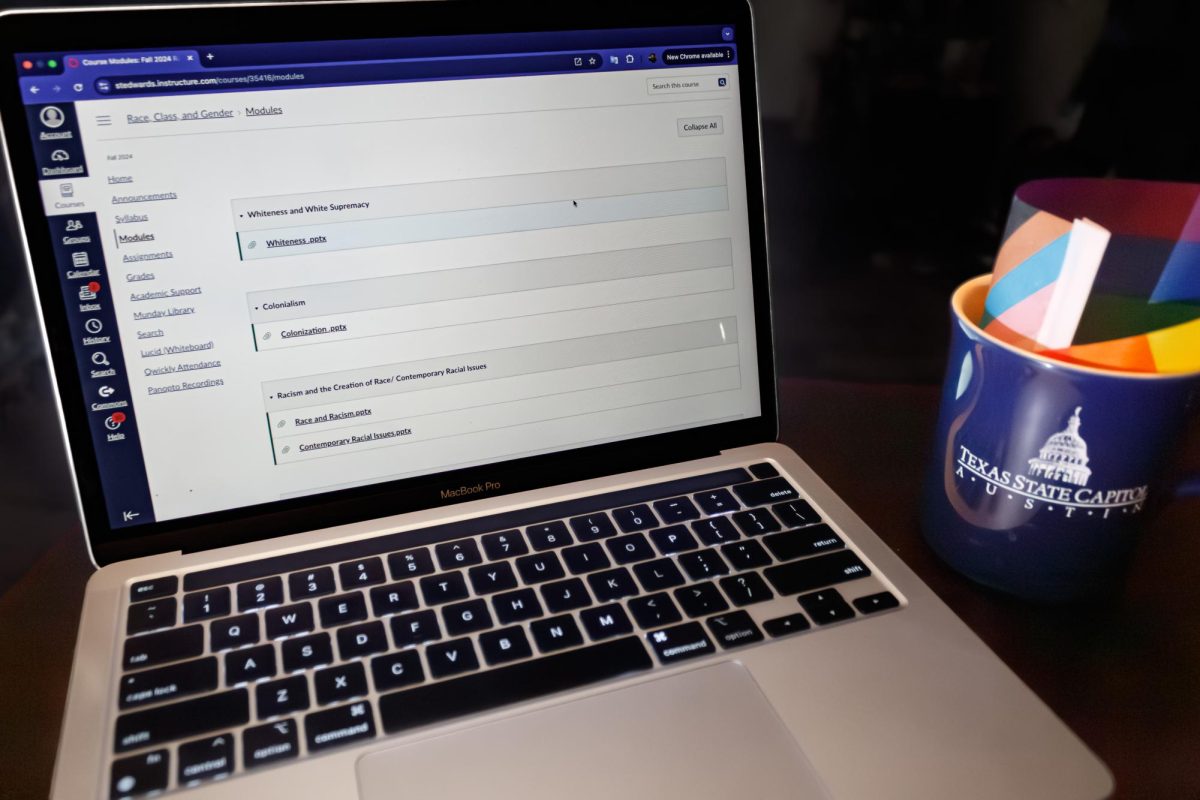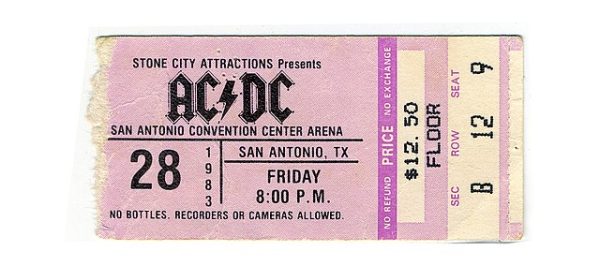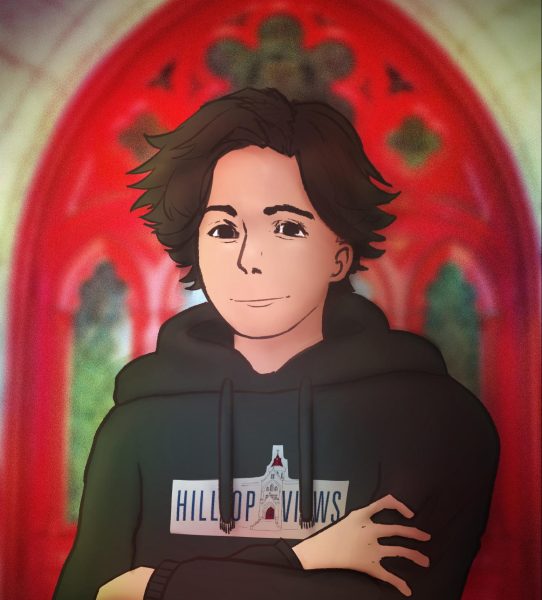Since coming back from summer break, many students may have noticed new additions to campus: blue and yellow lawn chairs at various spots around campus, fairy lights hanging above St. André lawn, a disc golf basket by Maryhill Apartments, etc. When I first moved back in, I assumed many of these additions were for summer orientation and Anchors. I was surprised when after the first week of classes these additions remained.
As part of a larger campus vibrancy initiative, the lawn chairs and disc golf were installed to make campus a better place for students to hang out, socialize and build community. I think the effectiveness of the items is ultimately a mixed bag both personally and on a larger student community level.
I interviewed 14 students to get a larger perspective. Of those I surveyed, no one had played disc golf on campus yet this semester. That isn’t to say that no one wants to. In fact, there were a handful of students who were very excited but hadn’t had the opportunity. I think it’s because disc golf on campus currently requires a high level of effort to engage with for a few reasons.
First, accessible information about disc golf on campus seems limited. In order to play, students would have to be aware that we have disc golf baskets. Further, they would need to learn whether they have to buy their own discs or if they could be loaned discs on campus, which then prompts the question of where to get loaned discs and then learn where all the baskets on campus are. Without proper promotion, students have to actively seek out all of this information.
The second barrier of effort seems to be knowledge about disc golf itself. Disc golf may be a “popular obscure sport” in Austin, and a great inclusion of local culture to have on campus, but it’s still largely obscure. And while some aspects of playing golf with a disc seem intuitive enough, getting a group of students to play an unfamiliar game spontaneously of their own volition is unlikely.
The final issue is the location of at least one basket —the only one I’ve actually seen— the basket right behind Johnson computer lab; the basket is partially surrounded by trees and close to windows, which brings up concern and possibly fear of causing damage with a weighted disc.
That being said, I think each of these issues, especially the first two, can be easily fixed. Promotion and education about disc golf on campus can make students more aware of it and make it easier to engage with it. In regards to the damage concern, if it’s a real concern, any basket can be reinstalled in better locations.
In contrast, I think good campus vibrancy initiatives are easy to engage with because they meet students’ pre-existing wants and needs. For example: the lawn chairs, while I find them tacky, overall students seem to love them, especially commuters. Aaliyah Pozo, a senior who commutes, rated the lawn chairs an 11 out of 10.
“I think they’re really nice, especially when I’m between classes and I just take a break to sit down and look up at the trees and it’s the most peaceful and wonderful thing in the world,” Pozo said. “I love them.”
I believe that the lawn chairs are more popular because students already like sitting on Ragsdale lawn when the weather is nice. The lawn chairs enhance that space in a way that is easy for students to engage with.
On the subject of student input, I think that’s another thing that impacts the success of campus vibrancy initiatives. For example the Campus Vibrancy Ambassador Team, while overseen by Assistant Director of Student Involvement Dawson Pressel, is composed of students. As a team of ambassadors, headed under Lead Ambassador Chrstine Stewart, they plan major events on campus such as the topper cup and homecoming week.
“It’s sometimes hard to get students out to every single event,” Stewart said. “But it’s those bigger events, they’re what help people find their community, find their people and build those connections.
The Campus Vibrancy Ambassador team looks at how events were run in previous years and makes decisions on what aspects to repeat, what to change and how to improve events by keeping them fresh and exciting. I think they are a perfect example of building upon the traditions and culture students already love at St. Edward’s and making further improvements.
That leaves mostly the larger question: What kind of campus vibrancy initiatives do students want moving forward? In my own opinion, it’s the top three most common answers I got from students I interviewed: a pool, more non-academic focused indoor spaces, like Meadows, and a few tables for the lawn chairs.


